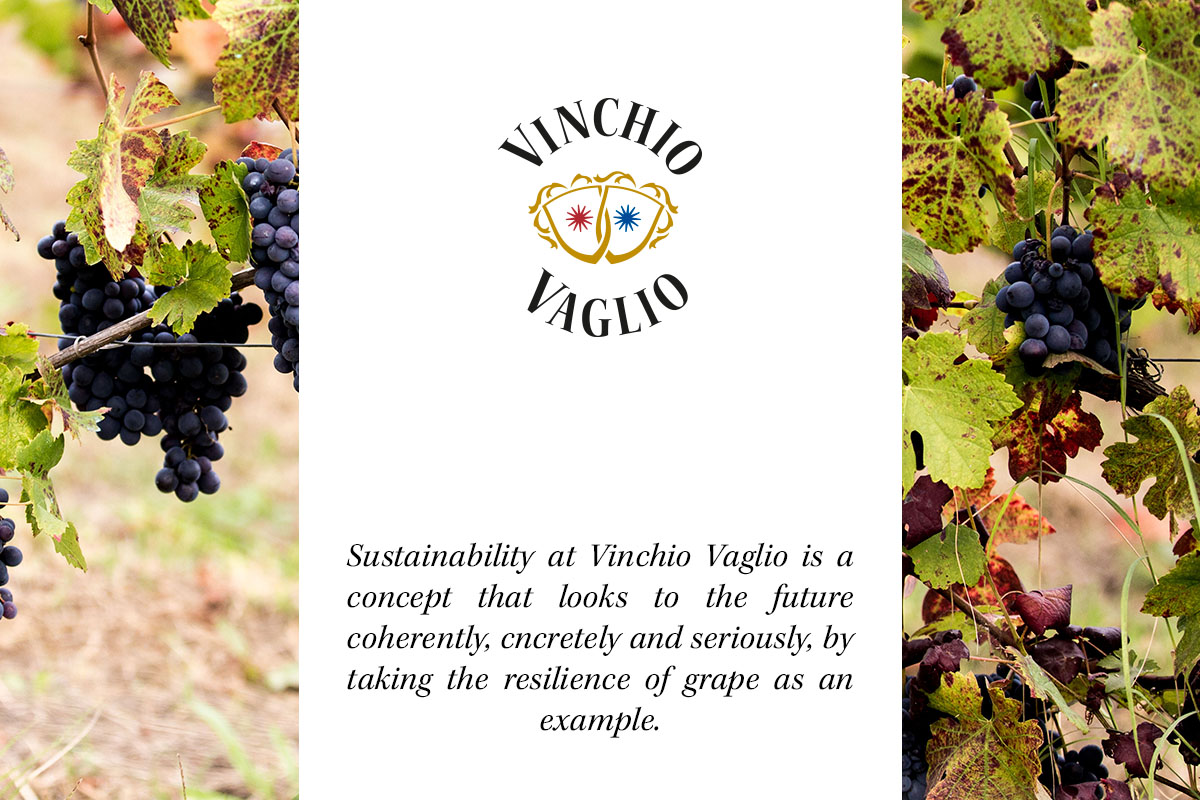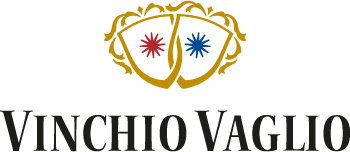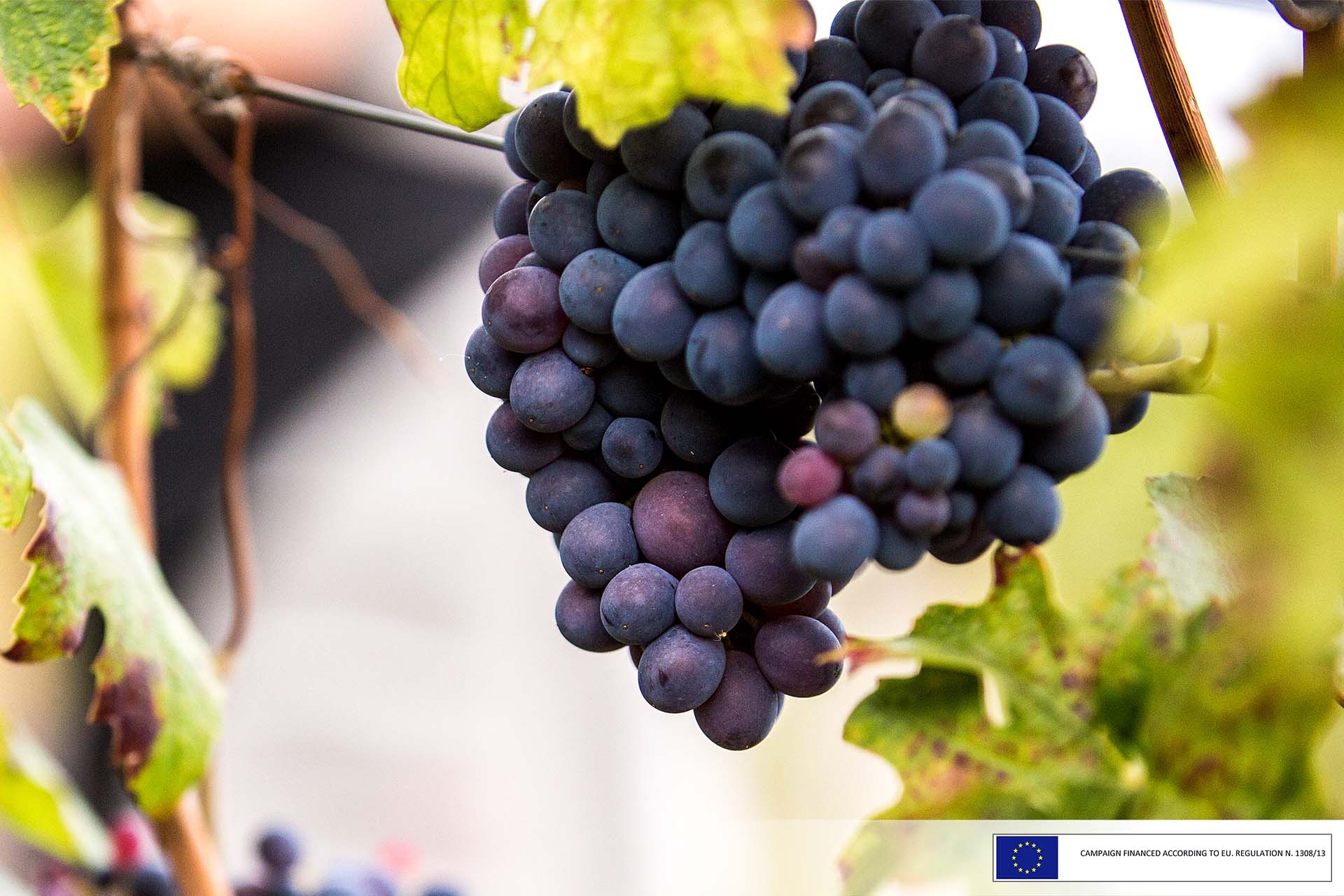If sustainability had a shape, what would it be? For Vinchio Vaglio, it would take the shape of a bunch of grapes ripening in the sunshine among the hills of Monferrato. A triangle with three equally important vertices that relate to our pillars:
- Territory
- People
- Economy
“Sustainability” is not an empty word to use in the text of a social post or in the pages of a brochure, but rather a profound value that tells the story of our winery from the very beginning.
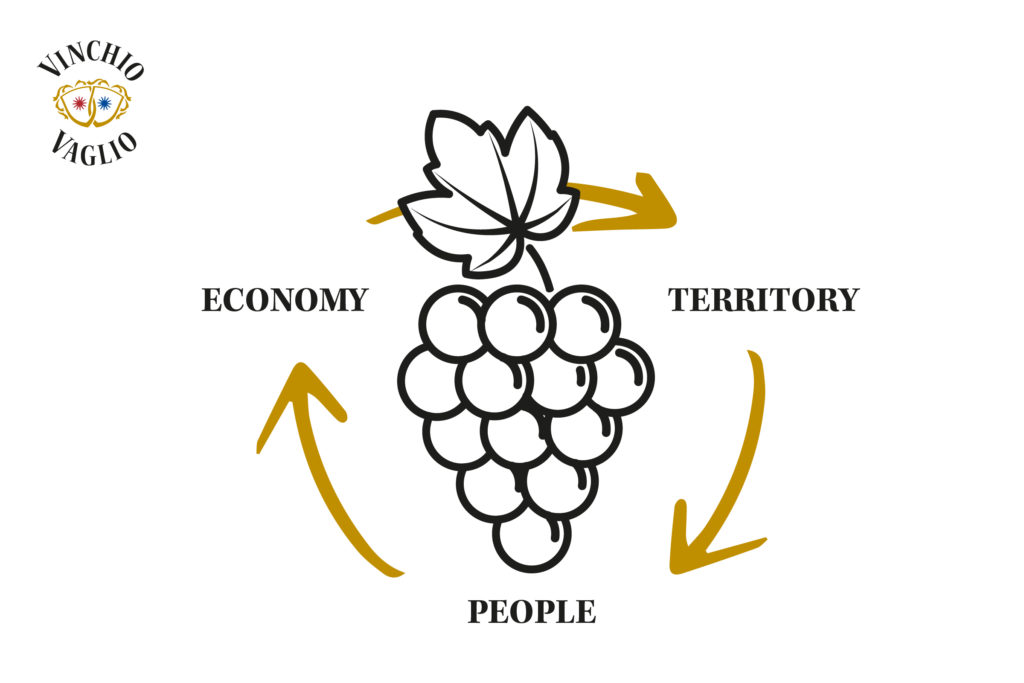
Environmental sustainability: enhancing and protecting the land
Protecting and enhancing what the land gives us is one of our priorities, in order to be able to hand over to the hands of future generations this splendid territory made up of delicate balances.
The choices affecting winemaking: from the vineyard to the consumer’s table
Bottles
The production and handling of wine bottles has natural consequences on CO2 emissions, so much so that it accounts for 42% of the carbon footprint of the total impact of wine. This is why Vinchio Vaglio uses bottles weighing less than 558 g for 90% of its entire production.
Stopper
The choice between a technical stopper and a natural cork stopper is subject to rigorous bottling simulations on different wines. Vinchio Vaglio, thanks to the careful choice of the right top for each bottle, has reduced its environmental impact by 66.4 tonnes of CO2 per year.
Bag in Box
A flexible bag containing wine inside a cardboard box was unthinkable in Italy, yet the arguments in favour were all there: reduced transport costs, lesser packaging, and materials that are easier to recycle than glass. Such arguments reduce the carbon footprint of wine packaging by more than 7%, which is why, since 2009, Vinchio Vaglio has been relying on this format for certain wines in order to reduce its impact even further.
Renewable energy
Thanks to the 200 kWp photovoltaic system installed in 2011, Vinchio Vaglio is able to cover a significant part of the company’s energy needs, yet aims to absorb it completely within the next few years.
Vineyard treatments
The agronomists following our associated winegrowers pursue the objective of reducing the use of products of chemical origin to a strict minimum: copper, sulphur and leguminous cover crops are used instead of systemic products and herbicides. Treatments are not calendar-based, but are only carried out when the climatic conditions for pathogen development occur.
For the Vigne Vecchie and Vigne Vecchie 50 wines, we also select vines that are at least 50 years old and are still processed by hand. Thanks to the absence of machinery, and thus of CO2 emissions, the soil is not stressed, treatments are only made with sulphur and copper, and even fertilisation is only organic.
Winemaking
The sulphites in our wines are always 30-40% below the legally permitted values. We also only use selected yeasts from our area to start fermentation, thus helping to keep the characteristics of the grape variety and territory intact.
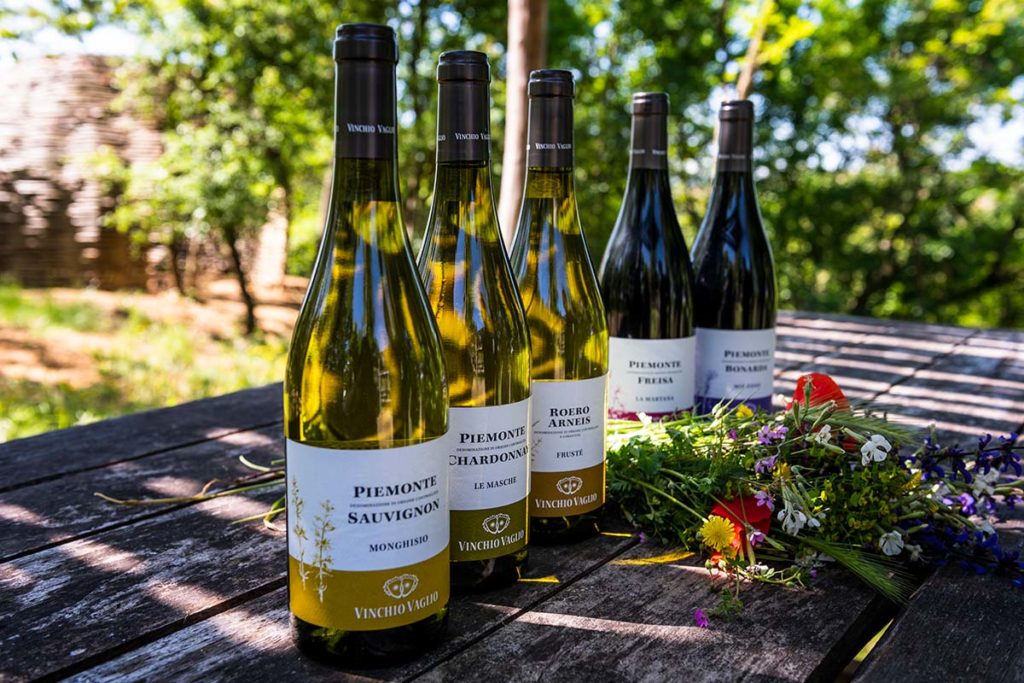
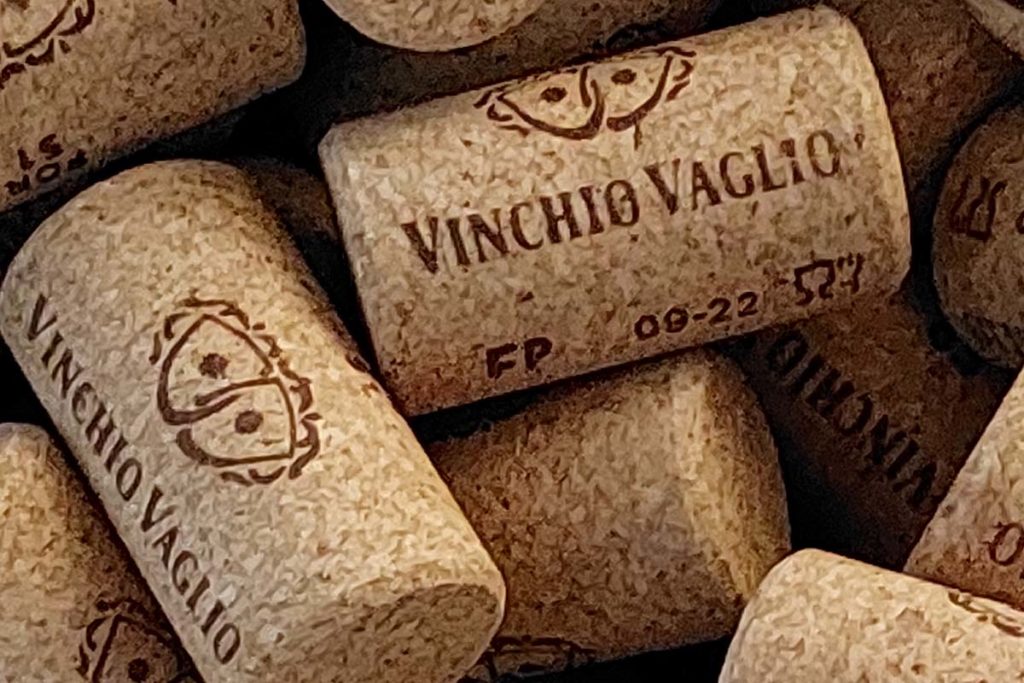
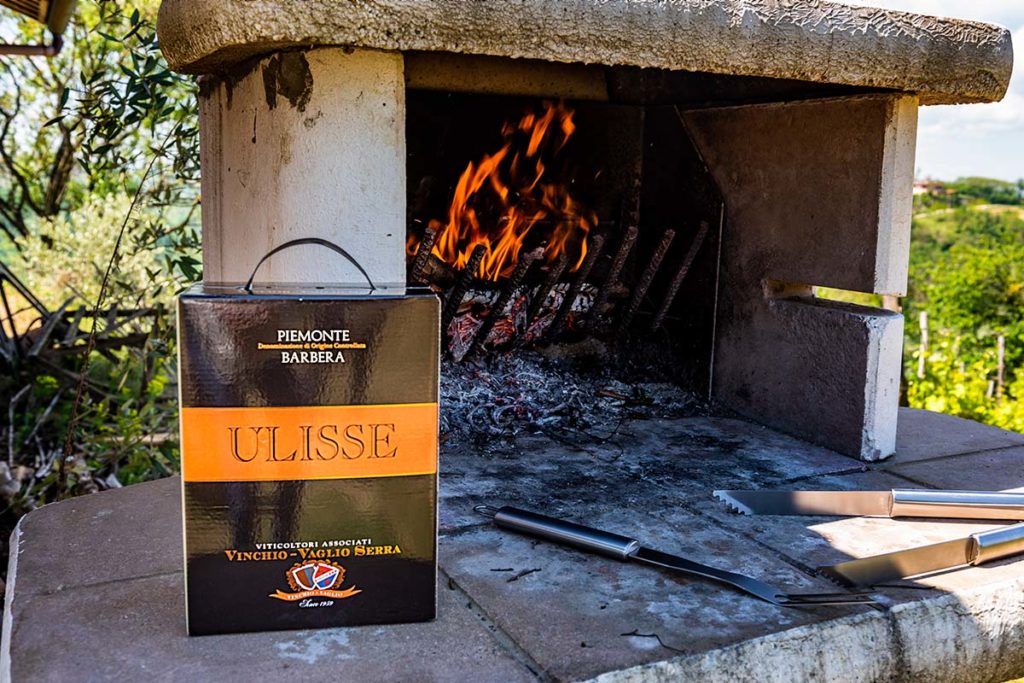
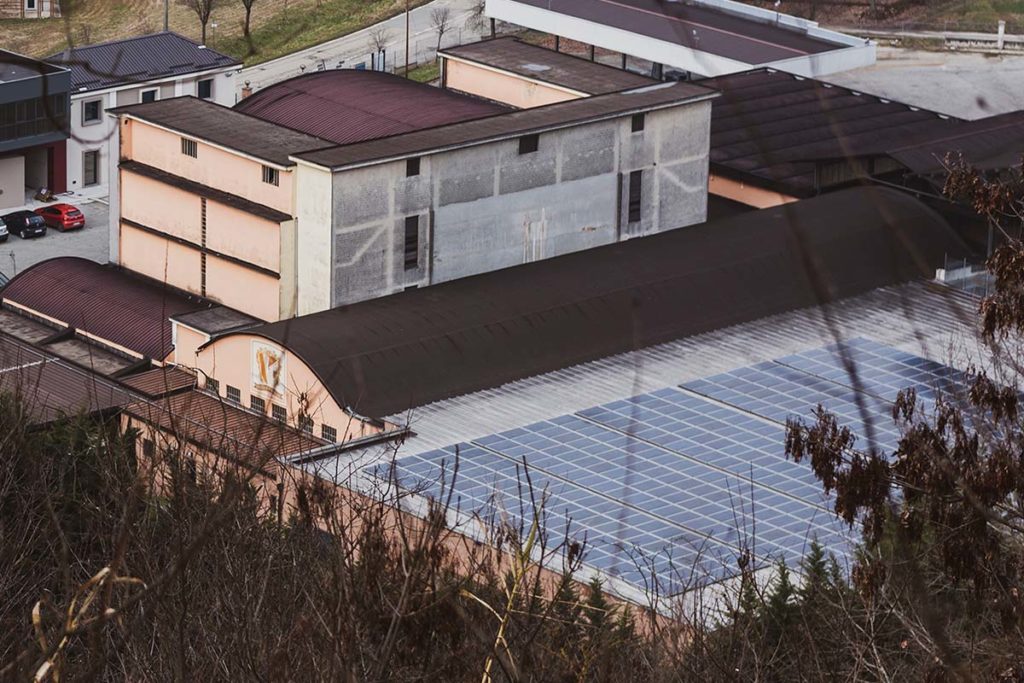
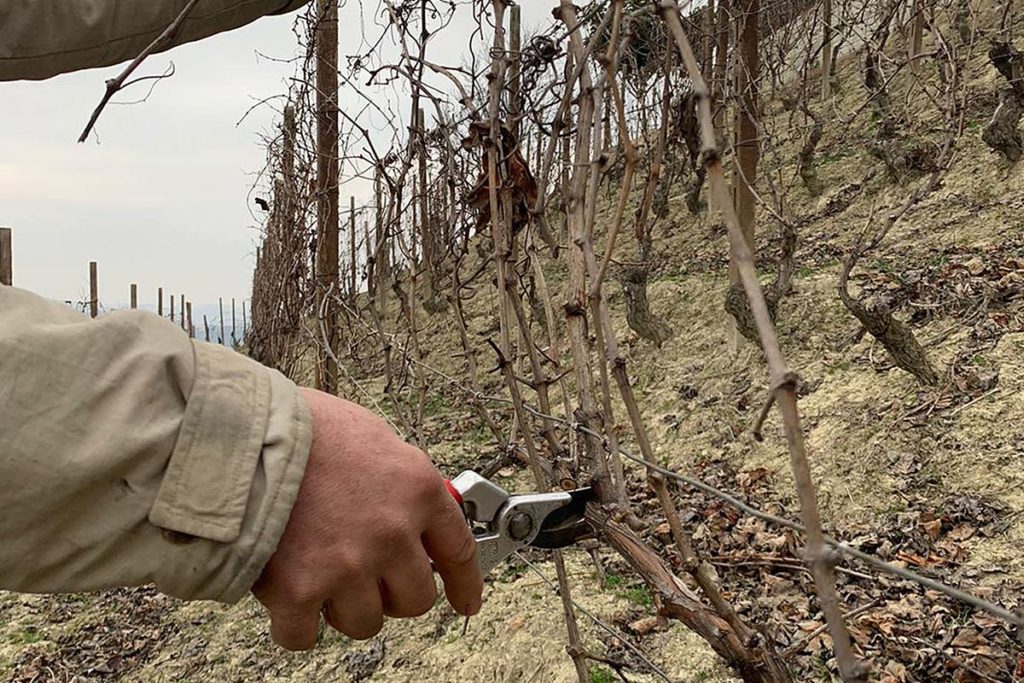
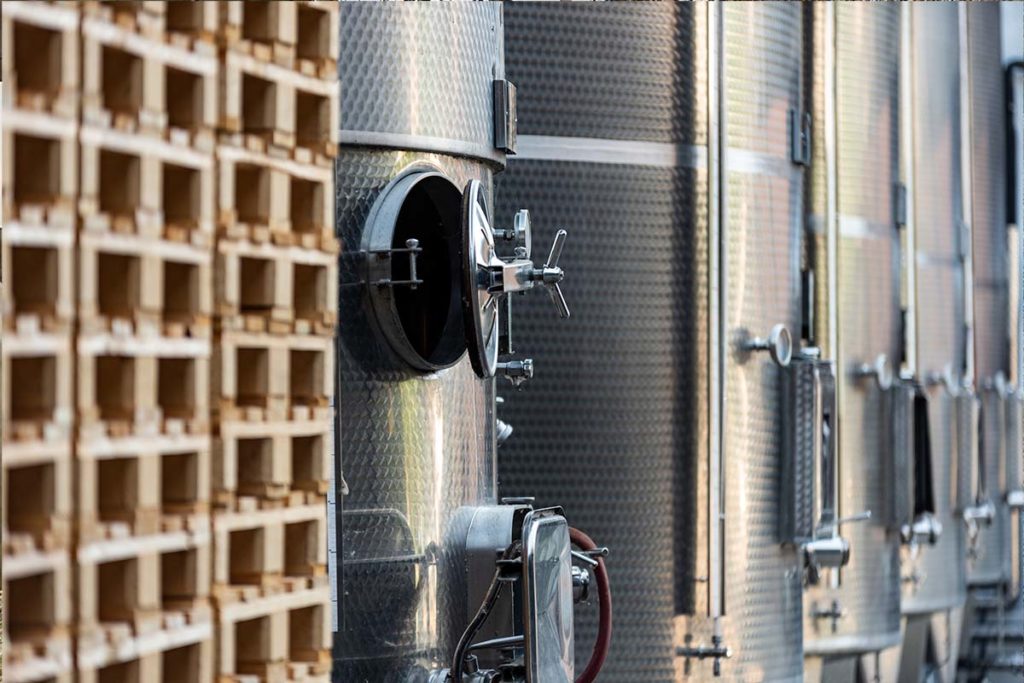
The choices regarding historical and landscape tradition
Vinchio Vaglio means respect for tradition. It is the history of our land that is intertwined with those of the people who cultivate it on such steep and sheer slopes, educated at the price of extraordinary hard work.
Project Vigne Vecchie
The project was born from the selection of the most suitable vineyards that are over 50 years old. The idea was born in the mid-1980s, in complete contrast to what was happening in the rest of Italy, to safeguard the historical heritage of the oldest vineyards and give Barbera the utmost dignity.
Monferrato UNESCO World Heritage Site
An example of the ‘exploitation’ of the land that has nothing to do with draining resources, but rather with the skilful, humble and reciprocal encounter between land and man. The inclusion of the Monferrato hills on the World Heritage List is also recognition of the work of all the members of Cooperative Vinchio Vaglio. In fact, had it not been for the Cantina, many winegrowers in the area would have been forced to uproot and make way for woods or hazelnut groves. The biodiversity and the encounter between man and nature that still characterises our steep hills is the wealth behind the UNESCO recognition.
Requalification of the routes within Val Sarmassa
From the ‘path in the didi’ to Big Bench n. 94, passing through the installations of artist Giancarlo Ferraris and the herb garden. The protection and valorisation of Val Sarmassa passes through concrete initiatives that invite people to explore this area of inestimable beauty through slow, respectful and authentic tourism.
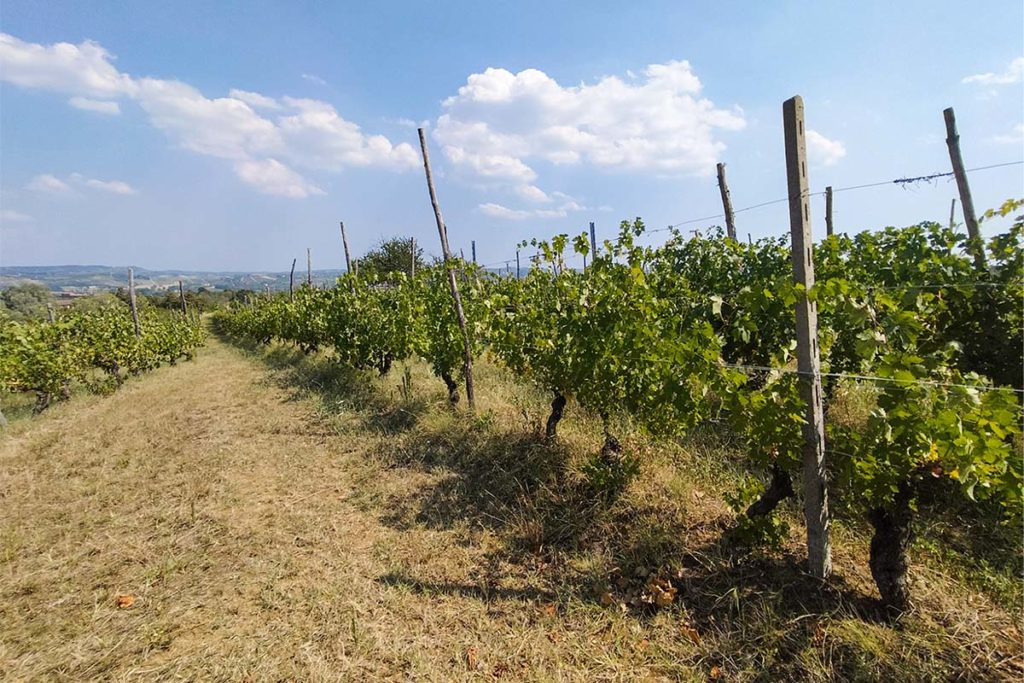
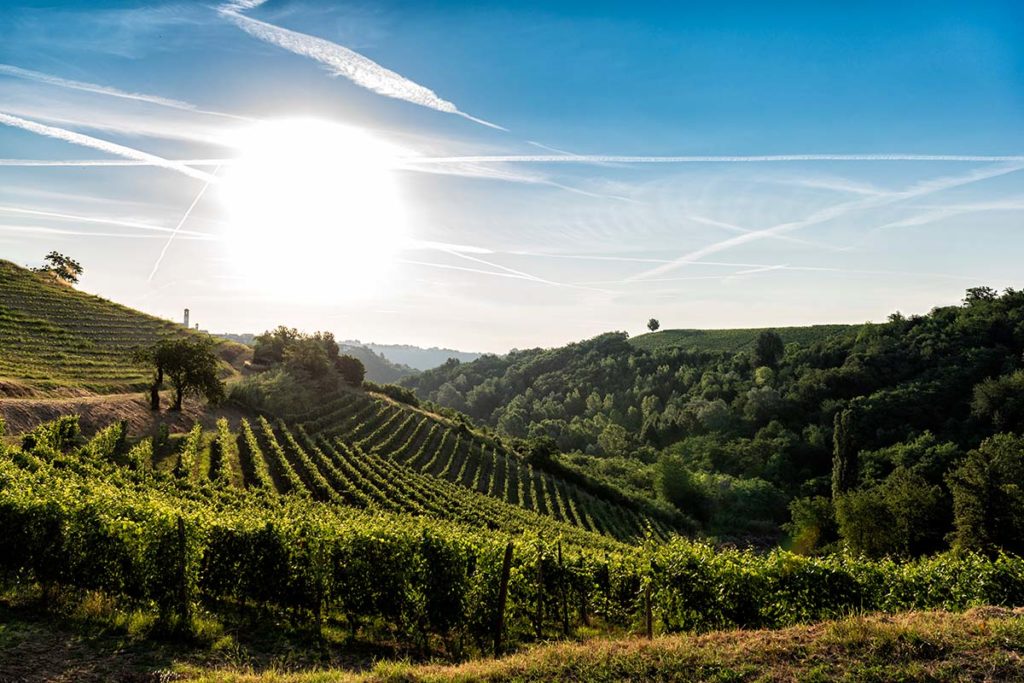
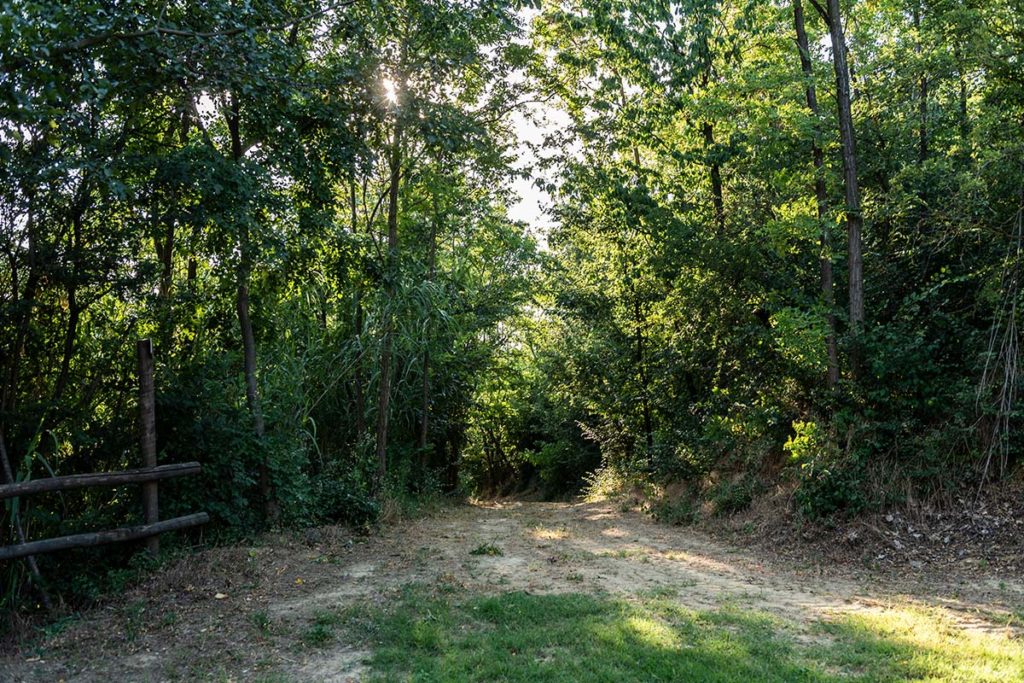
Social sustainability: the role of the Cooperative Winery for the people
The Cooperative Winery of Vinchio Vaglio mirrors the many good things this area has to offer to the people who live here in terms of sociality, communion, excellence and dynamism.
Opportunities
The market conditions in the 1950s had become too economically prohibitive for individual winegrowers to remain in the market, so on February 26th 1959, 19 winegrowers from Vinchio and Vaglio Serra decided to join forces and build the winery with their own hands. Their need was to balance the socio-economic imbalance that existed yesterday as it does today: for more than 192 members of Vinchio and Vaglio Serra, the opportunity to continue working the land that has been handed down for generations is reflected in the Cooperative Winery.
Input and resources
100% of the grapes are sourced from the Monferrato area, in the areas adjacent to the Cooperative Winery by the members who cultivate around 470 hectares.
Food awareness
Our choices do not only concern product safety, as we also care about the importance of the concept of drinking responsibly, and thus we implement it in all areas of our competence: from communication to production choices to encourage consumers to drink less, but better.
Support of the territory
Vinchio Vaglio Cooperative Winery constantly supports the territory it is located in, also through participation and sponsorship of events and shows that are organised by associations or neighbouring municipalities that actively contribute to supporting these very important socio-cultural realities.

Economic sustainability: choices, efficiency and objectives
Economic sustainability means careful management of resources, but also efficiency in decision-making processes and the definition of important growth objectives that look to the future of the winery, its members and the territory.
The foundations of the Cooperative
Members of Vinchio Vaglio confer 100% of their grapes to the winery, receiving in return constant help in their delicate work. From technical and agronomic assistance to the possibility of enjoying state-of-the-art equipment, expert figures and the greatest possible promotion of the product.
The assembly
At the assembly, the vote cast by each member carries an individual weight, not related to the size of the land. The principle of ‘one head, one vote’ applies, and although it sounds complicated, it is precisely from the union of all heads that the best ideas are born during the meetings.
President and Vice-President
The economic sustainability of the winery is also based on the need to make careful choices, to avoid ‘bottlenecks’ and to translate the ideas of the meetings into action. With this in mind, the President and Vice-President – who must always be one from Vinchio and one from Vaglio Serra by statute – are key figures in projecting the Cooperative Winery towards a virtuous economy.
Research and development
The new grape reception system, integrated with Industry 4.0, was one of the first to be built in Piedmont with such technology. Since 2020, the Cantina has carried out a complete restyling of the company brand: from the labels to the website and communication on social channels, with a careful eye on market research to anticipate its developments.
In fact, technical progress is at the heart of Cantina Cooperativa’s priorities, as it aims to improve the social and economic conditions of the entire farming population of the area, as well as to continue growing in the market over the next few years.
Internationalisation
A key step for the diffusion of Italian wines abroad is the advertisement of the excellence of our territory. Barbera d’Asti, Barbera Superiore DOCG and Piedmont DOC Barbera are our most exported wines, much appreciated in China, Japan, South Korea, Australia, Canada, Denmark, Belgium, France, Germany, Netherlands, Poland, Sweden, Switzerland, the UK and the United States. A result that represents 11% of the winery’s turnover and brings our marvellous Monferrato to international prominence.
